Parliamentary breakfast & EASN workshop on upstream research
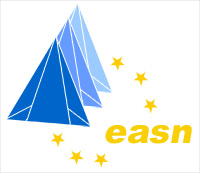 Hosted by MEP Dr. Dieter-Lebrecht Koch, the EASN Association organised on Tuesday, February 16th 2016 a Parliamentary Breakfast in the premises of the European Parliament. Under the title "Taking off to the future of European Aviation; is aviation science still on board?" several Members of the European Parliament (MEP) as well as numerous participants from the aviation community were present to be informed and to discuss on highly relevant topics, such as:
Hosted by MEP Dr. Dieter-Lebrecht Koch, the EASN Association organised on Tuesday, February 16th 2016 a Parliamentary Breakfast in the premises of the European Parliament. Under the title "Taking off to the future of European Aviation; is aviation science still on board?" several Members of the European Parliament (MEP) as well as numerous participants from the aviation community were present to be informed and to discuss on highly relevant topics, such as:
- Academic research for seamless and affordable air transport in Europe
- Intermodality as innovation driver
- Innovation and breakthrough technologies in aviation as an indispensable condition to ensure competitiveness and global leadership of the European Aviation
- Open dissemination of knowledge and breakthrough technologies to ensure trans-sectorial exploitation of innovation
- How to achieve an integrated European aviation education system
The debate was conducted in a very constructive atmosphere with important contributions from renowned personalities in the European Aviation community. The challenge of maintaining aviation science on-board was presented and, in view of the increasing international competition and the new realities of the 21st century, the indispensable role of Universities in the research and innovation chain was emphasised. It was the common view that this role is a prerequisite for maintaining global leadership of Europe in Aviation.
Resulting from the fruitful discussions of both, the Parliamentary Breakfast and the Workshop, EASN was encouraged and committed to initialise a process among the related stakeholders, of formulating a specific concept and roadmap on how to better integrate innovative and upstream research activities in the current EU schemes.
Parliamentary Breakfast Speakers
- Dr. Dietrich Knorzer, European Commission, DG Research & Innovation, RTD-H.3 - Aviation
- Prof. Spiros Pantelakis, Chairman of EASN, University of Patras, view his positioning here
- What is the importance of fundamental research to aerospace Industry in the 21st Century? Prof. Dieter Schmitt, Aeronautical Consultant, EASN honorary member, view presentation
- Academic research: industrial subcontractor or independent innovation driver. Dr. Helge Pfeiffer, General Secretary EASN, University of Leuven, view presentation
- Do the European Universities have the right tools to promote innovative research? Prof. Dr.-Ing Joachim Szodruch, Board Member German Aerospace Centre (ret.)
- What about basic research opportunities within the industry? Mr. Eric Dautriat, Executive Director of Clean Sky Joint Undertaking, view presentation
- Does the European education system have the appropriate mechanisms to foster and promote innovative thinking? Prof.dr.ir. Leo Veldhuis, TU Delft (Delft University of Technology), view presentation
Closer collaboration between EASN and CEAS
 CEAS, the council of European Aerospace Societies and EASN, after recognizing the need for better and closer collaboration among the two societies, have jointly agreed upon a Memorandum of Understanding which is intended to serve for the development of a mutually beneficial scientific, technological and organizational cooperation between the two Parties. Among others, the two parties have agreed to the mutual exchange of information related to European Aviation activities and the joint organization of sessions and/or events to promote the developments and popularize the achievements of the sector. The singing act took place on March 15th during the CEAS trustees Board Meeting and the MoU was signed on behalf of EASN by its vice-chairman Prof. Zdobyslaw Goraj and, on behalf of CEAS, by its president Prof. Fred Abbink.
CEAS, the council of European Aerospace Societies and EASN, after recognizing the need for better and closer collaboration among the two societies, have jointly agreed upon a Memorandum of Understanding which is intended to serve for the development of a mutually beneficial scientific, technological and organizational cooperation between the two Parties. Among others, the two parties have agreed to the mutual exchange of information related to European Aviation activities and the joint organization of sessions and/or events to promote the developments and popularize the achievements of the sector. The singing act took place on March 15th during the CEAS trustees Board Meeting and the MoU was signed on behalf of EASN by its vice-chairman Prof. Zdobyslaw Goraj and, on behalf of CEAS, by its president Prof. Fred Abbink.
EASN celebrates the presence of women in the aviation and aerospace family with three interviews
 On 15 December 2015, the U.N. General Assembly adopted the resolution, deciding to proclaim 11 February of each, the International Day of Women and Girls in Science. It is difficult to believe that in the 21st century, with so much emphasis on gender equality in the workplace, women are still vastly under-represented in the aviation and aerospace sectors. Officially, there are no restrictions for women to study and seek a career in aviation, however, the statistics might make one wonder – is aviation a men’s world only? In an effort to raise awareness to this ever-present issue, as well as find out what barriers exist and what can be done to address them, EASN has spoken with three very successful Women/role models working in Aviation. Valérie Guénon is SAFRAN’s VP Technology Strategy and you can find her interview here. Alexandra Karanika is the Project Engineer Scheduling of Research Projects at the Hellenic Aerospace Industry S.A., read her interview here. Maria Angeles Martin Prats is Associate Professor at University of Seville, she is the main founder of a Spin Off of University of Seville, Skylife Engineering and you can see her interview here.
On 15 December 2015, the U.N. General Assembly adopted the resolution, deciding to proclaim 11 February of each, the International Day of Women and Girls in Science. It is difficult to believe that in the 21st century, with so much emphasis on gender equality in the workplace, women are still vastly under-represented in the aviation and aerospace sectors. Officially, there are no restrictions for women to study and seek a career in aviation, however, the statistics might make one wonder – is aviation a men’s world only? In an effort to raise awareness to this ever-present issue, as well as find out what barriers exist and what can be done to address them, EASN has spoken with three very successful Women/role models working in Aviation. Valérie Guénon is SAFRAN’s VP Technology Strategy and you can find her interview here. Alexandra Karanika is the Project Engineer Scheduling of Research Projects at the Hellenic Aerospace Industry S.A., read her interview here. Maria Angeles Martin Prats is Associate Professor at University of Seville, she is the main founder of a Spin Off of University of Seville, Skylife Engineering and you can see her interview here.
6th EASN annual International Conference
on Innovation in European Aeronautics Research October 18 - 21, 2016 • Porto, Portugal

Together with the Institute of Science and Innovation In Mechanical and Industrial Engineering (INEGI), EASN is preparing an original programme for attendees to present, share, debate and conclude on the latest science and research achievements. This year’s program will include Plenary Sessions by renowned speakers and Open Discussions with distinguished researchers from the industry and academia. Thematic Sessions housing the 90% of current European aeronautics research programs and Technical Workshops.
View and download the Call for Abstracts here.
Tell me and I forget
Teach me and I remember
Involve me and I learn
With Benjamin Franklin’s motto in mind, the 6th EASN gathering will emphasise into the enhancement of synergies. The structure of the event will emphasise into the enhancement of synergies between researchers through interactive sessions. As such, it presents an excellent opportunity for discussing, networking and creating alliances for future collaborations on a bilateral basis or in the frame of multilateral projects. Participants will also have the opportunity to discover the secrets of the city of Porto and participate in a series of thematic, technical and recreational tours.The 6th Conference is set to be the first to see a purposeful exhibition zone and we are keen to create a unique event experience for the participants. Therefore we are offering, to a limited number of companies, an exclusive and one off opportunity to demonstrate their work for free! This is an ideal opportunity to showcase your work to those who matter for your business as it instantly puts you in the heart of the aeronautics community. Contact us today and find out more!
More information about the Conference will be posted on a regular basis on the EASN website as well as on the 6th EASN International Conference minisite.
Clean Sky Forum “Innovative European aeronautics powering a stronger EU"
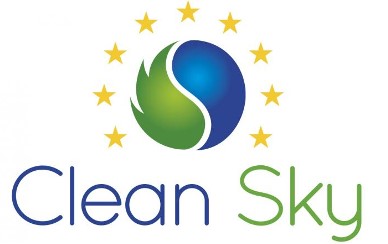 The Clean Sky Forum will bring together many Clean Sky Members and Partners as well as aeronautics’ stakeholders and representatives from the European Parliament and the European Commission. This year’s Forum will focus on three main areas of interest within Clean Sky: research centres and academia as a source of innovation; newcomers in Clean Sky 2; and Synergies with regional Structural Funds. Also not to be missed is the Awards presentation for the Best Clean Sky Projects from Partners.
The Clean Sky Forum will bring together many Clean Sky Members and Partners as well as aeronautics’ stakeholders and representatives from the European Parliament and the European Commission. This year’s Forum will focus on three main areas of interest within Clean Sky: research centres and academia as a source of innovation; newcomers in Clean Sky 2; and Synergies with regional Structural Funds. Also not to be missed is the Awards presentation for the Best Clean Sky Projects from Partners.
Confirmed Speakers:
- MEP Monika Hohlmeier, Chair of Sky and Space Intergroup
- MEP Christian Ehler
- MEP Martina Dlabajová
- Rudolf Strohmeier, Deputy Director General, RTD, European Commission
- Ric Parker, Chair of Clean Sky Governing Board, Director of R&T, Rolls-Royce
- Joshua Salsby, Member of Cabinet, Cabinet of Commissioner Violeta Bulc
- Axel Flaig, Head of Airbus Research and Technology, Airbus
- Eric Dautriat, Clean Sky Executive Director
- Bruno Sainjon, Chair of EREA
- Bruno Stoufflet, Vice-President R&D and Advanced Business, Dassault Aviation
- Hester Bijl, Dean Faculty of Aerospace Engineering, University of Delft
- Peter Hecker, Chair of Clean Sky Scientific Committee
- Spiros Pantelakis, EASN Chairman, University of Patras
- Carmen Sillero, Head of Division, Strategy and Programmes, Andalucía Region
- Katja Reppel, Deputy Head of Unit, D.G. Regional and Urban Policy
- Tomáš Novotný, Deputy Minister for Industry and Trade of Czech Republic
- Amedeo Lepore, Regional Minister for Industry of Campania Region

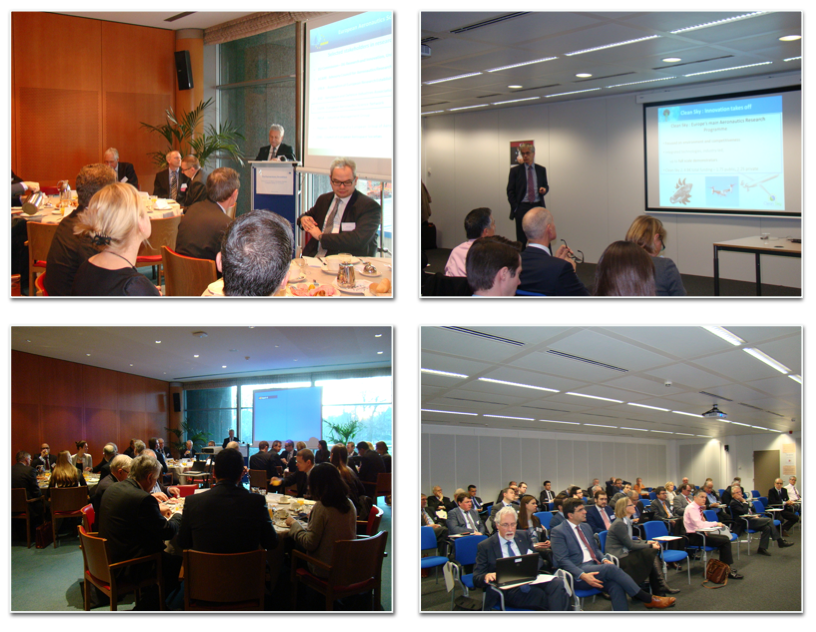
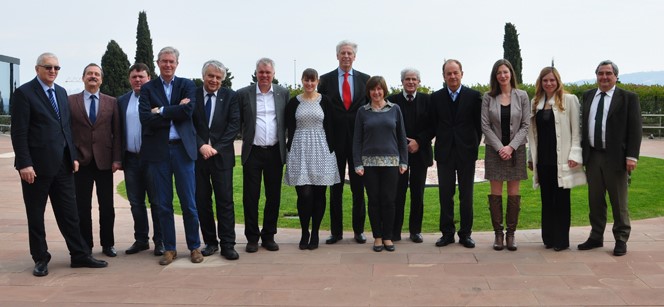
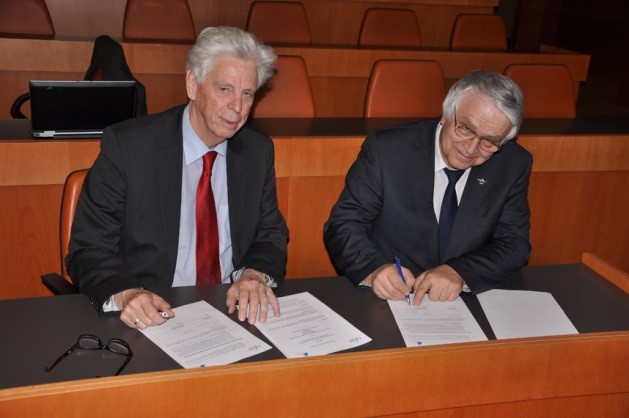
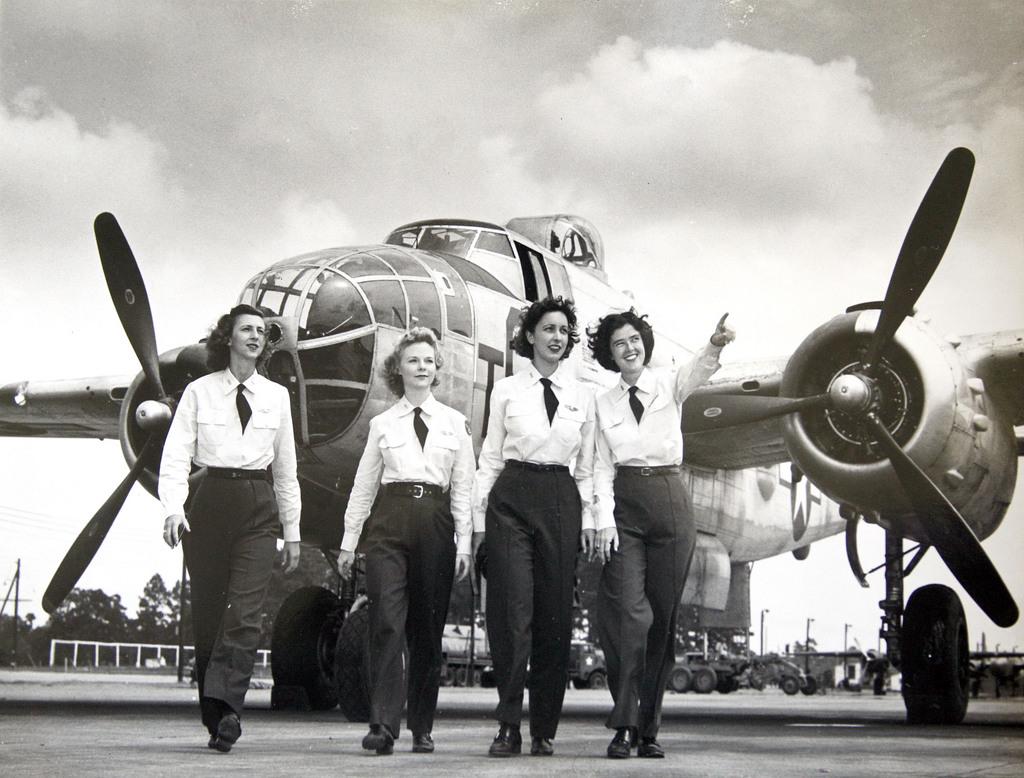
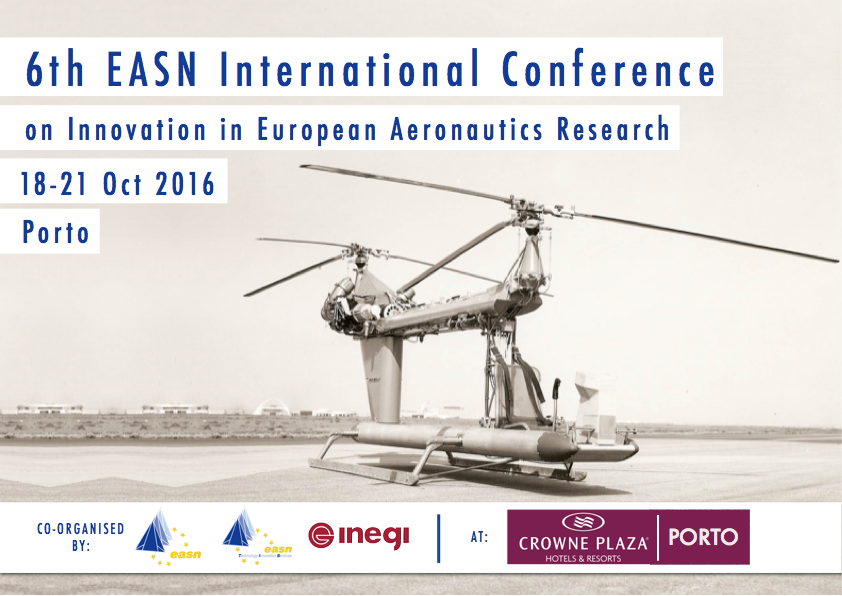
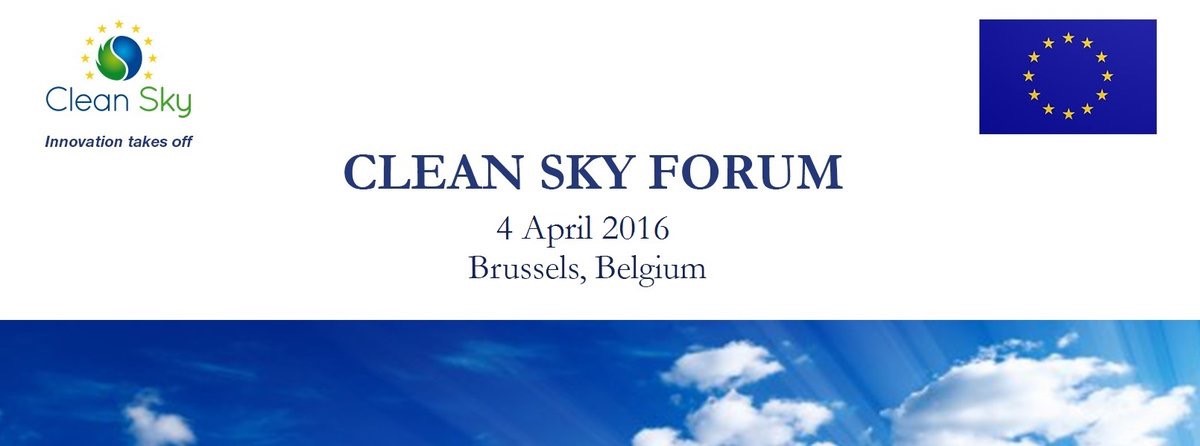

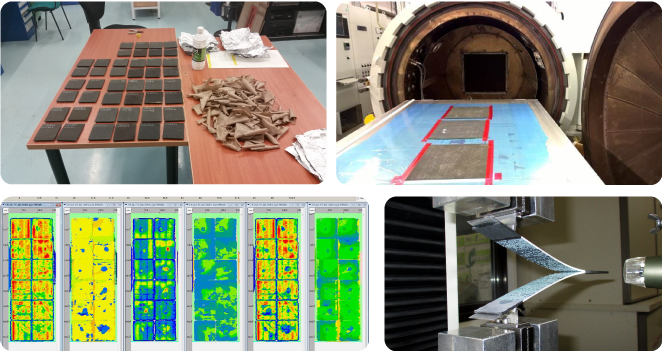


 Cold Spray trials carried out on Al alloys using the CGT Kinetiks 4000 and Impact Innovations 5/11 systems, suggest that process conditions of 500°C and 60bar result in ultra-high density coatings (<0.4% porosity) for the tested powder feedstock. Cold Spray trials were also carried out on Ti alloys, using the maximum available gas temperature and pressure of the CGT Kinetiks 4000/47 system. Under these conditions, the coating porosity is relatively high, while coating adhesion remains low. The deposition of coatings at higher process temperature and pressure is currently in progress using the newly installed Impact Innovations 5/11 system. The metallographic analysis indicates a 50% reduction in coating porosity compared to previous best coatings deposited using the CGT Kinetiks 4000/47 system. At the same time, the CORSAIR Industrial Portable Cold Spray Unit was finally assembled and tested. The system requires an N2 gas supply, compressed air and electrical connectivity, while it can be easily transported to the repair site. The CORSAIR Industrial Portable Cold Spray Unit comprises of a removable powder feeder and gas preheater, thus allowing access up to 7m from the unit itself and enabling the repair of areas with limited accessibility. The next step will be the repair of representative components and their evaluation in terms of NDT, Structural and Microstructural examination, mechanical properties and surface protective treatments, as well as the study of the suitable pre- and post-treatments to get the optimal coating properties.
Cold Spray trials carried out on Al alloys using the CGT Kinetiks 4000 and Impact Innovations 5/11 systems, suggest that process conditions of 500°C and 60bar result in ultra-high density coatings (<0.4% porosity) for the tested powder feedstock. Cold Spray trials were also carried out on Ti alloys, using the maximum available gas temperature and pressure of the CGT Kinetiks 4000/47 system. Under these conditions, the coating porosity is relatively high, while coating adhesion remains low. The deposition of coatings at higher process temperature and pressure is currently in progress using the newly installed Impact Innovations 5/11 system. The metallographic analysis indicates a 50% reduction in coating porosity compared to previous best coatings deposited using the CGT Kinetiks 4000/47 system. At the same time, the CORSAIR Industrial Portable Cold Spray Unit was finally assembled and tested. The system requires an N2 gas supply, compressed air and electrical connectivity, while it can be easily transported to the repair site. The CORSAIR Industrial Portable Cold Spray Unit comprises of a removable powder feeder and gas preheater, thus allowing access up to 7m from the unit itself and enabling the repair of areas with limited accessibility. The next step will be the repair of representative components and their evaluation in terms of NDT, Structural and Microstructural examination, mechanical properties and surface protective treatments, as well as the study of the suitable pre- and post-treatments to get the optimal coating properties.

 i-VISION has completed the first half of its final year and is on the road to the next General Assembly meeting to be held in April 2016 in Athens, Greece. Some of the key highlights of this period include the delivery of the description of the following final modules: the Human – Cockpit Operation Analysis, the Semantic Virtual Cockpit and the Virtual Cockpit Design Environment which will interconnect so as to develop the final i-Vision tool. With this fully-functional prototype, a pilot will be able to fly a virtual aircraft in virtual reality and the i-VISION tool will be able to track and replay his actions in order to proceed to human factors analysis. The advanced Virtual Reality (VR) environment is expected to be used as a reusable and low-cost simulation test-bed for experimenting with various configurations and set-ups of virtual cockpits so as to allow the human-centred assessment of future cockpit architectures. In a nutshell, the overall progress is meeting and in individual cases exceeding expectations regarding the i-VISION outcomes which will be a common platform for VR & Cockpit related projects, the reduction authoring costs for the preparation of virtual cockpit experimentations and the Set of public APIs for further developments.
i-VISION has completed the first half of its final year and is on the road to the next General Assembly meeting to be held in April 2016 in Athens, Greece. Some of the key highlights of this period include the delivery of the description of the following final modules: the Human – Cockpit Operation Analysis, the Semantic Virtual Cockpit and the Virtual Cockpit Design Environment which will interconnect so as to develop the final i-Vision tool. With this fully-functional prototype, a pilot will be able to fly a virtual aircraft in virtual reality and the i-VISION tool will be able to track and replay his actions in order to proceed to human factors analysis. The advanced Virtual Reality (VR) environment is expected to be used as a reusable and low-cost simulation test-bed for experimenting with various configurations and set-ups of virtual cockpits so as to allow the human-centred assessment of future cockpit architectures. In a nutshell, the overall progress is meeting and in individual cases exceeding expectations regarding the i-VISION outcomes which will be a common platform for VR & Cockpit related projects, the reduction authoring costs for the preparation of virtual cockpit experimentations and the Set of public APIs for further developments.

 The SUNJET II consortium has the pleasure to announce the SUNJET II Forum on "Europe-Japan Cooperation in the domain of R&T for Aviation" which will be held on the 2nd of June 2016 during the ILA-Berlin Airshow at the Berlin ExpoCenter airport.
The SUNJET II consortium has the pleasure to announce the SUNJET II Forum on "Europe-Japan Cooperation in the domain of R&T for Aviation" which will be held on the 2nd of June 2016 during the ILA-Berlin Airshow at the Berlin ExpoCenter airport.
 The PERSEUS project has completed its first year of activity and so far all planned activities have been completed in due time. The PERSEUS team has successfully held its Mid-Term Review meeting in Prague on February 2, 2016. During the meeting, the main results and achievements of the project’s 1st year of activity were presented, as well as an open discussion on possible changes for the 2nd year took place. The original goal to define a specific accreditation system for aerospace studies across Europe has now been reoriented into the definition of a sound measure of quality of the aerospace education provided at the EU Universities. This reorientation allows focusing the PERSEUS project on the skills needed for the highest qualification of the aerospace graduates and on the method to assess them, leaving the definition of the formal accreditation as a proposal for the sustainability of the process in the future.
The PERSEUS project has completed its first year of activity and so far all planned activities have been completed in due time. The PERSEUS team has successfully held its Mid-Term Review meeting in Prague on February 2, 2016. During the meeting, the main results and achievements of the project’s 1st year of activity were presented, as well as an open discussion on possible changes for the 2nd year took place. The original goal to define a specific accreditation system for aerospace studies across Europe has now been reoriented into the definition of a sound measure of quality of the aerospace education provided at the EU Universities. This reorientation allows focusing the PERSEUS project on the skills needed for the highest qualification of the aerospace graduates and on the method to assess them, leaving the definition of the formal accreditation as a proposal for the sustainability of the process in the future.

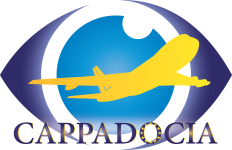 CAPPADOCIA (Coordination Action Pro “Production, Avionics, Design” on Cost-efficiency in Aeronautics) has successfully completed two full years of operation. Aiming to review of the state of the art of research and innovation and provide strategic recommendations to address existing gaps and bottlenecks, interviews and regional working sessions were held all over Europe to collect information and opinions from key R&D persons. Furthermore, two dedicated workshops as part of international meetings were organised and held. To reach a wide audience and increase potential attendance, these dedicated CAPPADOCIA workshops were held as sessions during two major European events where the RTD audience was relevant for the targeted expertise: the 5th EASN Workshop on Aerostructures and Aerodays 2015.
CAPPADOCIA (Coordination Action Pro “Production, Avionics, Design” on Cost-efficiency in Aeronautics) has successfully completed two full years of operation. Aiming to review of the state of the art of research and innovation and provide strategic recommendations to address existing gaps and bottlenecks, interviews and regional working sessions were held all over Europe to collect information and opinions from key R&D persons. Furthermore, two dedicated workshops as part of international meetings were organised and held. To reach a wide audience and increase potential attendance, these dedicated CAPPADOCIA workshops were held as sessions during two major European events where the RTD audience was relevant for the targeted expertise: the 5th EASN Workshop on Aerostructures and Aerodays 2015.
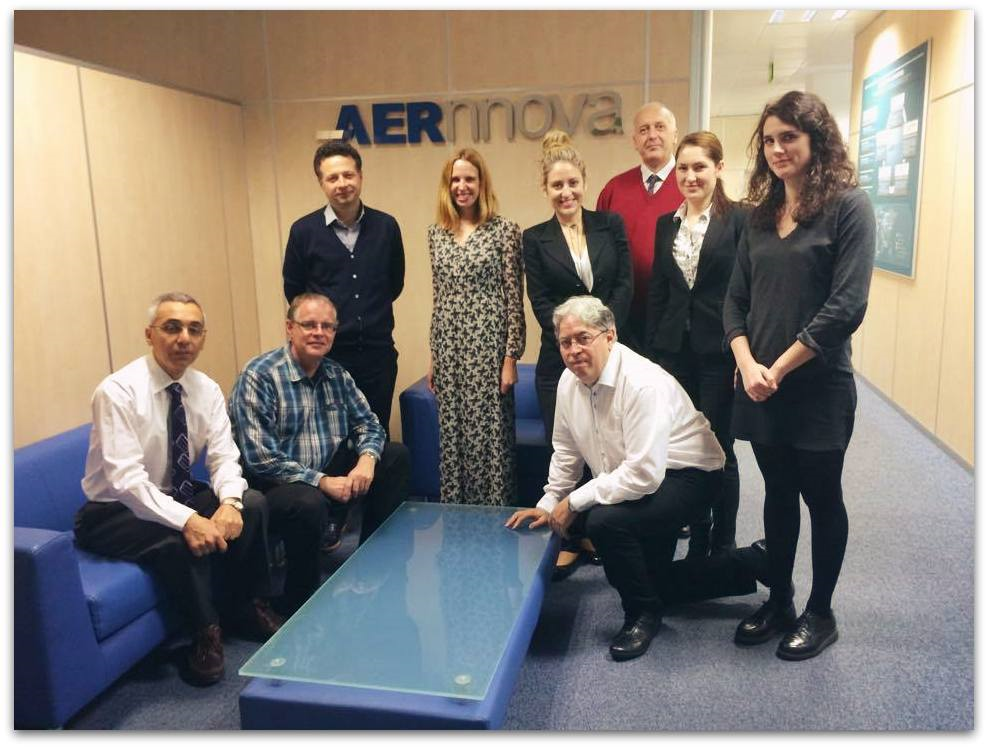
 CATER, the Coordinating Air transport Time Efficiency Research project, is running since end 2015 with Finmeccanica as project coordinator. The project is reaching some interesting results coming from the analysis of the state-of-the-art, from R&I capability as well as from the ongoing impact assessment of Time Efficiency goals. In the last period, CATER has also launched and started populating the CASK platform, a search and knowledge management environment that gives access to a community area to look for relevant information in an extensive database and classify it to make it easier for the community its retrieval. Currently, the platform comprises about 9 millions of EU patents, more than 18 million of scientific papers, public funding opportunities, funded research project for R&I, ideas for new projects in addition to URLs crawled and indexed. Moreover, CASK platform offers a fully featured Document Management System (DMS) to manage files of interest for the community.
CATER, the Coordinating Air transport Time Efficiency Research project, is running since end 2015 with Finmeccanica as project coordinator. The project is reaching some interesting results coming from the analysis of the state-of-the-art, from R&I capability as well as from the ongoing impact assessment of Time Efficiency goals. In the last period, CATER has also launched and started populating the CASK platform, a search and knowledge management environment that gives access to a community area to look for relevant information in an extensive database and classify it to make it easier for the community its retrieval. Currently, the platform comprises about 9 millions of EU patents, more than 18 million of scientific papers, public funding opportunities, funded research project for R&I, ideas for new projects in addition to URLs crawled and indexed. Moreover, CASK platform offers a fully featured Document Management System (DMS) to manage files of interest for the community.
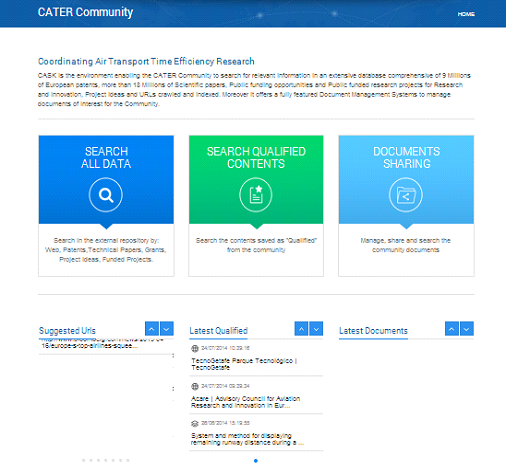
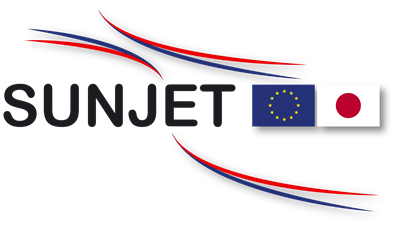 SUNJET II, the SUstainable Network for Japan-Europe aerospace research and Technology cooperation II, has launched the SUNJET II collaboration platform. You may join
SUNJET II, the SUstainable Network for Japan-Europe aerospace research and Technology cooperation II, has launched the SUNJET II collaboration platform. You may join 
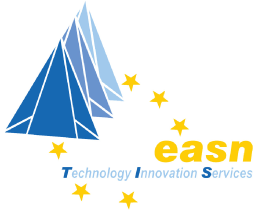 EASN-TIS launches a series of training courses.
EASN-TIS launches a series of training courses.

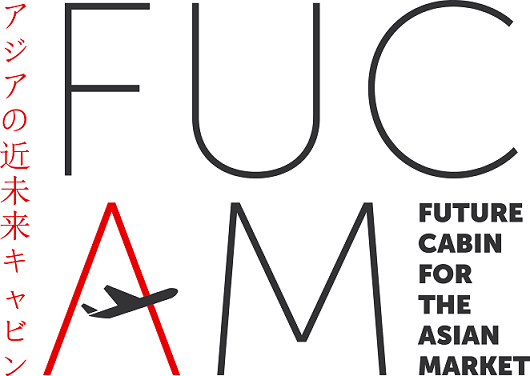 FUture Cabin for the Asian Market (FUCAM) was officially launched during the two day Kick-Off Meeting held on February 25th and 26th at the AIRBUS premises located in Munich, Germany.
FUture Cabin for the Asian Market (FUCAM) was officially launched during the two day Kick-Off Meeting held on February 25th and 26th at the AIRBUS premises located in Munich, Germany.
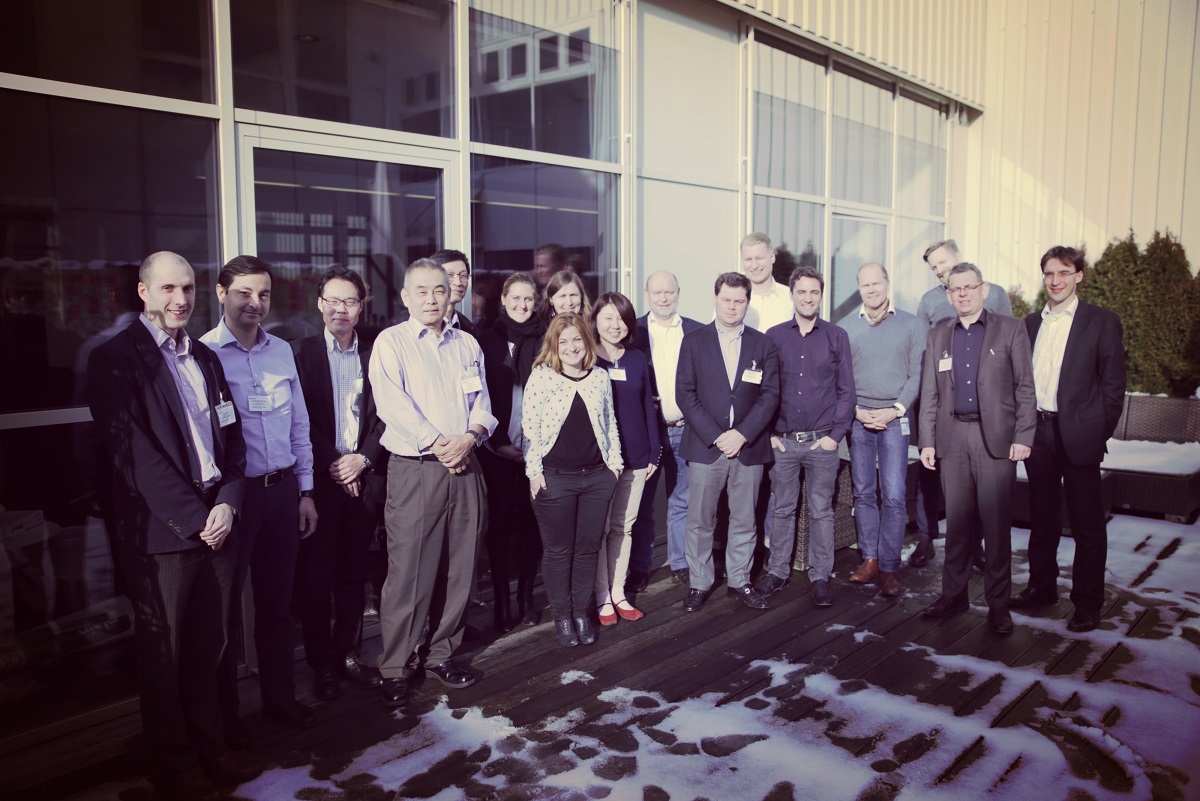
 The UMRIDA project is now on its final year of development, and recent progress will be presented in a special session, as a part of the upcoming SIAM Conference on Uncertainty Quantification (UQ16). Aiming to improve Uncertainty Quantification towards industrial readiness, the UMRIDA partners have developed new tools for predicting and reducing geometry and operational uncertainties, such as boundary conditions in 3D simulations. Newly developed methods are tested against industrial challenges, in order to demonstrate the most optimized methods for quantifying uncertainties.. Methods to incorporate a large number of uncertainties into an efficient and accurate robust design optimization process are progressing as expected and are being evaluated using the UMRIDA basic test cases. The guidelines and experiences on the influence of different robustness formulations will be established by using various applications from analytical functions to industrial test cases. The UMRIDA Final Workshop on Uncertainty Quantification (UQ) and Robust Design Optimization (RDO) will take place on September 20-21, 2016 at the premises of the Vrije Universiteit Brussel (VUB), in Brussels, Belgium. The following cases will be examined and discussed and are open to participants: NASA rotor 37, RAE 2822 airfoil, DLR F6 wing-body, Business Jet Configuration.
The UMRIDA project is now on its final year of development, and recent progress will be presented in a special session, as a part of the upcoming SIAM Conference on Uncertainty Quantification (UQ16). Aiming to improve Uncertainty Quantification towards industrial readiness, the UMRIDA partners have developed new tools for predicting and reducing geometry and operational uncertainties, such as boundary conditions in 3D simulations. Newly developed methods are tested against industrial challenges, in order to demonstrate the most optimized methods for quantifying uncertainties.. Methods to incorporate a large number of uncertainties into an efficient and accurate robust design optimization process are progressing as expected and are being evaluated using the UMRIDA basic test cases. The guidelines and experiences on the influence of different robustness formulations will be established by using various applications from analytical functions to industrial test cases. The UMRIDA Final Workshop on Uncertainty Quantification (UQ) and Robust Design Optimization (RDO) will take place on September 20-21, 2016 at the premises of the Vrije Universiteit Brussel (VUB), in Brussels, Belgium. The following cases will be examined and discussed and are open to participants: NASA rotor 37, RAE 2822 airfoil, DLR F6 wing-body, Business Jet Configuration.


 How attractive is business aviation as employer?
European Business Aviation Association EBAA is analysing the attractiveness and working conditions of the sector for graduates and young job holders in aviation. The questions at the core of this study are: How do young professionals perceive different aviation sectors? What is the employer brand? What are specific demands of graduates?
How attractive is business aviation as employer?
European Business Aviation Association EBAA is analysing the attractiveness and working conditions of the sector for graduates and young job holders in aviation. The questions at the core of this study are: How do young professionals perceive different aviation sectors? What is the employer brand? What are specific demands of graduates?
 The CROP project (Cycloidal Rotor Optimized for Propulsion) introduces an innovative propulsion system for aircraft based on the cycloidal rotor concept, using an integrated approach that includes the electric drive train, airframe integration and an environmentally friendly energy source.
The CROP project (Cycloidal Rotor Optimized for Propulsion) introduces an innovative propulsion system for aircraft based on the cycloidal rotor concept, using an integrated approach that includes the electric drive train, airframe integration and an environmentally friendly energy source.
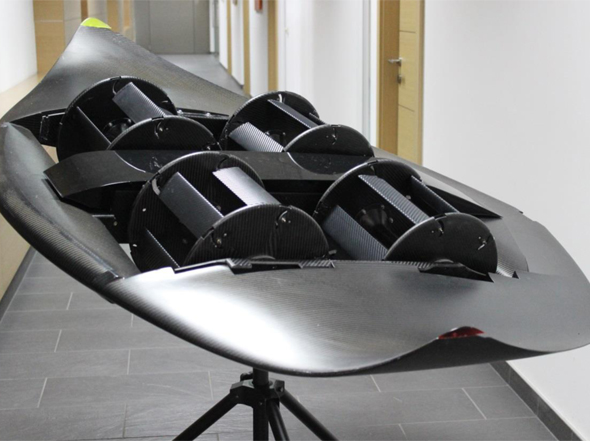



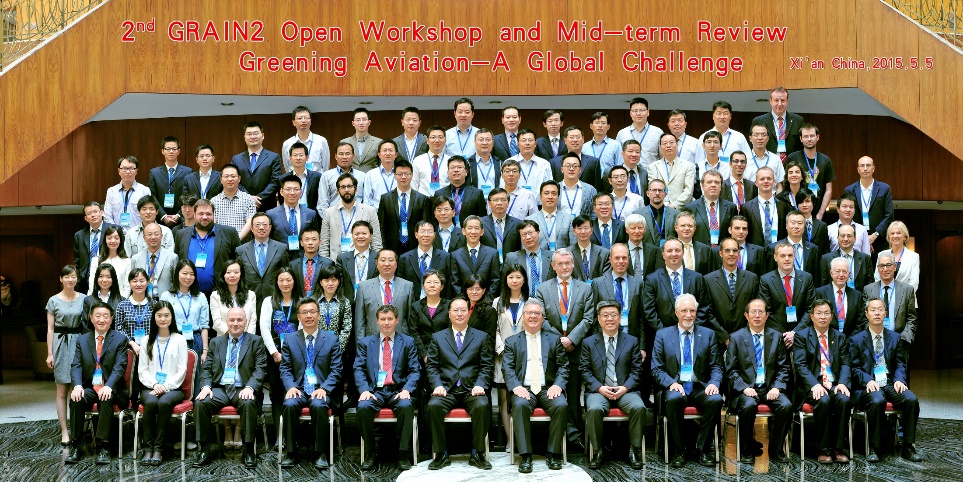
 New 4D ice shape mapping technique developed at the lab of the
New 4D ice shape mapping technique developed at the lab of the 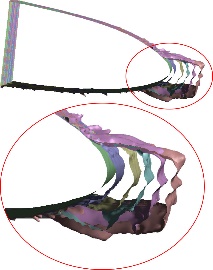
 Chalmers University of Technology has two open postdoctoral positions:
Chalmers University of Technology has two open postdoctoral positions: